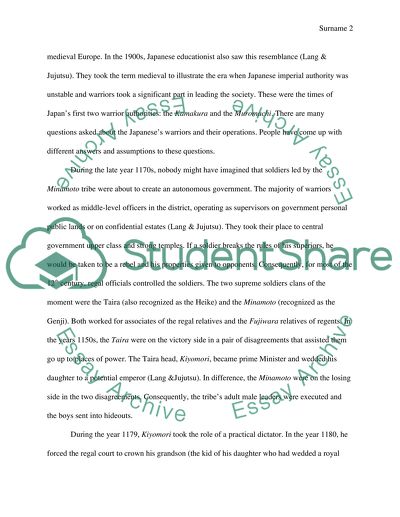Japanese Art of the Kamakura Period Research Paper. Retrieved from https://studentshare.org/performing-arts/1436552-japanese-art-of-the-kamakura-period
Japanese Art of the Kamakura Period Research Paper. https://studentshare.org/performing-arts/1436552-japanese-art-of-the-kamakura-period.


